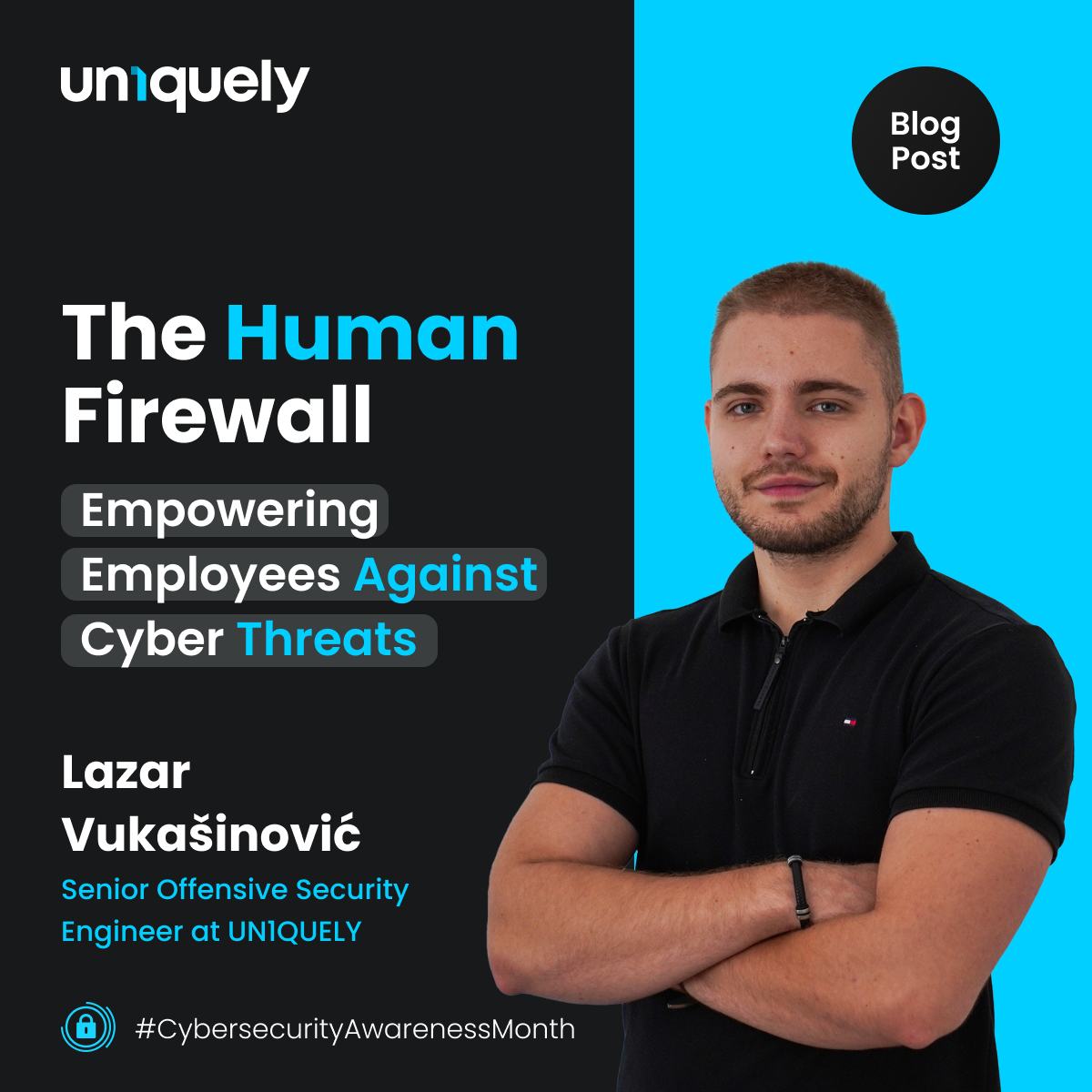The conversation about cybersecurity has become increasingly urgent in today’s rapidly evolving digital landscape. Organizations are racing to adopt the latest technological defenses, from advanced threat detection systems to machine learning-driven monitoring tools. Yet, in the rush for technological solutions, we frequently forget a crucial component: the human element. Employees, when adequately trained and motivated, can act as one of the most effective lines of defense against cyber threats.
The Indispensable Role of Employees in Cybersecurity
Every employee, regardless of their role, engages with the digital environment in some way. Whether it’s sending emails, accessing company databases, working on cloud platforms, or simply browsing the internet for research, each of these activities has the potential to expose organizations to cyber threats. Recognizing and acknowledging the central role employees play in the cybersecurity ecosystem is the first step toward building a more resilient organizational defense.
While threats such as phishing are well-known, the cyber threat landscape is extensive and diverse. In addition to phishing, there are menaces like ransomware, which involves malicious software encrypting an organization’s data and demanding a ransom for its release. Man-in-the-middle attacks, where unauthorized actors intercept and potentially modify communications between two parties, are also on the rise. Furthermore, there is a multitude of threats, including malware, trojans, botnets, and the list continues to expand.
The Anatomy of Phishing Attacks
Understanding phishing in-depth is crucial given its prevalence. At its core, phishing is about deception. Cybercriminals try to impersonate trustworthy entities to lure victims into divulging sensitive information or interacting with malicious content. The complexity and sophistication of these attacks have grown over time, making it essential for every employee to be well-versed in recognizing and mitigating them.
Firstly, the devil is in the details. The sender’s email address, for instance, can be revealing. Many phishing attempts come from addresses that appear legitimate at first glance but may have subtle anomalies, like a misspelled domain or a domain that closely resembles a legitimate one but has a different extension (e.g., “.co” instead of “.com”).
The content of the email itself offers more clues. Phishing emails might contain unusual formatting, mismatched logos, or URLs that look suspicious upon closer inspection. Sometimes, the language used may seem urgent or pressuring, a tactic to incite panic and prompt hasty decisions. Grammar and spelling mistakes can also be red flags, as many phishing attempts originate from non-native English speakers.
Strategies for Empowering Employees Against Phishing
- Conducting quarterly or even monthly training sessions ensures employees are updated on the latest phishing techniques, with real-world examples enhancing relatability and retention.
- Simulating phishing emails, either through cybersecurity firms or specific software, allows employees to practice their response strategies in a risk-free environment.
- Offering an online repository filled with the latest phishing threats, malicious email examples, and counteractive best practices provides a reliable reference point for employees.
- Encouraging employees to report suspicious emails and integrating a reporting mechanism into email clients can streamline the process and preemptively combat threats.
- Transforming successful phishing attempts into collective learning opportunities, without assigning blame, ensures the entire team is better prepared for future threats.
Additionally, the context in which an email is received plays a pivotal role. Unsolicited emails that demand immediate action, especially those involving sharing sensitive data or funds, should always be approached with caution. Cultivating a “pause and check” mindset, where employees critically assess the legitimacy of emails before acting, can serve as a powerful countermeasure against phishing. The battle against phishing requires both vigilance and adaptability. Through proactive training and fostering a culture of awareness, employees can stand as the organization’s robust first line of defense.
Fostering a Security-First Culture with Humor
While protocols and guidelines are pivotal, cultivating a security-first culture often requires a blend of education and engagement. One of the lighthearted yet
effective ways organizations have found success in doing this is by capitalizing on the familiar scenario of employees leaving their laptops unlocked.
In many workplaces, leaving one’s laptop unlocked while away from the desk is a common oversight. Colleagues might, in a cheerful manner, change the unaware employee’s desktop background to something funny or absurd. While the intent is to share a laugh, the underlying message is clear: “You left your device vulnerable.” This playful approach serves a dual purpose. It emphasizes security in a memorable manner and also promotes unity among employees.
The lesson? Not only should employees be wary of external threats, but they must also be vigilant about potential vulnerabilities within the office. By turning these lessons into shared moments of humor, organizations can instill a security-first mindset without it feeling burdensome.
Building a Proactive Security Culture
Raising awareness is only the first step. Organizations must foster a proactive security culture. This involves more than just periodic training sessions. Continuous engagement, real-world simulations, and interactive workshops can be much more effective in instilling good cybersecurity habits.
For instance, hosting a monthly cybersecurity roundtable where employees can discuss recent cyber threats they’ve come across, share experiences, or even
discuss news related to major breaches or cyberattacks can keep the topic at the forefront.
Open channels of communication are also paramount. Employees should have easy access to IT teams or cybersecurity personnel to report anomalies, ask questions, or seek clarifications. This collaborative approach ensures that security becomes a collective responsibility. On the technological side, reinforcing basic practices can go a long way. Encourage employees to regularly update their software. Outdated software can have vulnerabilities that are ripe for exploitation. Similarly, strong password practices, like using password managers and adopting multi-factor authentication, can greatly enhance individual and collective security.
Synergy of Man and Machine
While technology will continue to be a cornerstone of cybersecurity, human intuition, judgment, and vigilance bring an irreplaceable dimension to the defense matrix. It’s this synergy of man and machine that offers the best protection against the myriad of cyber threats lurking in the digital shadows.
In conclusion, as organizations continue to expand their digital footprint, ensuring that every individual — from top-tier management to the newest recruit — understands, appreciates, and actively participates in cybersecurity efforts is not just beneficial, it’s imperative. By integrating robust technological defenses with an informed and proactive workforce, organizations can navigate the digital age with confidence and resilience.

